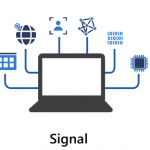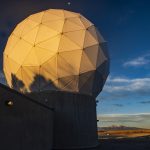Inside Ingenuity with AeroVironment Part III: The Meaning of Martian Flight
On Friday, May 7, the Ingenuity Mars Helicopter left both Wright Brothers Field and the Perseverance Rover behind. Flying for 110 seconds, Ingenuity traveled 423 feet at a new height of 33 feet, capturing high resolution color images before landing at its new Red Planet home, which bears the tepid but significant name Airfield B. Ingenuity had become an operational scout in addition to its original role as a technology demonstrator.
By Inside GNSS













